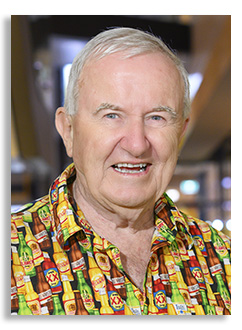
Click image for HiRes
Abstract
In the International Energy Agency (IEA) Task 16 on Solar resource for high penetration and large scale applications, one of the sub-tasks focuses on Firm Power. In the latest report from the group, they emphasized a few guidelines.
1. Energy storage, absorbing variable renewable energy (VRE) generation when it exceeds demand and releasing it when it falls short of demand.
2. Optimum blending of different VREs that often exhibit complementary diurnal or seasonal generation profiles, reducing the intermittency of the VRE bundle, hence reducing the required amount (i.e., cost) of energy storage.
3. Demand flexibility achieved either via customer-side demand response, or by keeping a fraction of supply-side dispatchable thermal generation, thus modulating the demand seen by the VREs.
4. Geographic dispersion that reduces VREs’ inherent variability.
Most importantly – and counter-intuitively – the variable-to-firm transformation entails overbuilding and proactively curtailing the VRE resources, a strategy also known as applying implicit storage.
I will not focus on these topics specifically but present some related issues that I believe need to be addressed.
1. Dunkelflaute or Dark Doldrums – how do we estimate the risk of a substantial period of combined power below an acceptable threshold?
2. For the first point above about storage, one needs to be able to understand the likely bounds of generation. How one estimates forecast prediction intervals will be the second topic.
3. The Mystery Topic – the issue that essentially no one discusses when considering firm power – come and find out what it is.
Click here to see all available video seminars.
Click here to go to the SPREE HOMEPAGE.
Brief Bio
John Boland is Professor of Environmental Mathematics and Deputy Director of the Industrial AI Research Centre at the University of South Australia.
Professor Boland has published over 200 academic papers, approximately half of which are co-authored by various PhD students. He has thirty-five PhD completions as either Principal or Co-supervisor (including three in countries other than Australia) and currently supervises five PhD students. His research covers a wide range of areas in what can be termed environmental mathematics, from water resource management to renewable energy utilisation to energy efficient house design to environmental accounting.
His work on short term solar forecasting has resulted in his being part of the International Energy Agency Tasks 46 and 16 on solar forecasting for high penetration of solar energy, comprised of the foremost experts in the field. As part of this activity, he is part of a sub-group working on firm power from renewable sources.
He is a Fellow of the Modelling and Simulation Society of Australia and New Zealand, and of the Australian Institute of Energy. He has a Google Scholar H-Index of 46.
